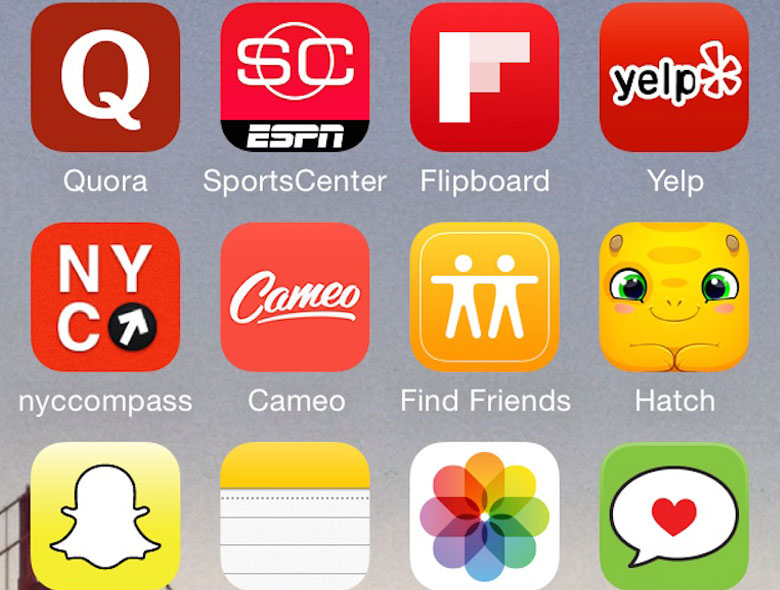Branding is defined by the American Marketing Association (AMA) as “a name, term, sign, symbol or design, or combination of them intended to identify the goods and services of one seller or group of sellers and to differentiate them from those other sellers.”
In other words, branding is what makes you a household name. Branding is the reason people say, “I need to pick up some Windex” instead of “I need to pick up some window cleaner.” It’s why you say “I’m going to Instagram this” instead of “I’m going to use an app to take a picture, apply a filter and then share the picture.”
Branding is what defines your app.
Why should you invest in branding?
Strong branding will result in more downloads, a higher usage rate and a longer shelf life.
You may have noticed that many apps are here today and gone tomorrow. How many times have you downloaded an app to only use it once or twice before deleting it in your next app purge?
Strong branding is a key element that will ensure your app gets used frequently.
Not convinced? Let’s look at a few examples of mobile apps that have been around for a while and have developed strong brands.
Examples of Mobile Apps with Strong Brands
Though the icons for each of these mobile apps is just a graphic with no mention of the app name, you can likely identify the name just by looking at it. That’s the power of branding.

EverNote:
Evernote is an app that allows users to easily upload and organize text, images and audio. According to an article in Time magazine last year, EverNote has 75 million registered users. The company has been in business since 2008. As a side note, the Evernote logo is one of my favorites. It tells the story of the brand in such a memorable way – playing the on the memory of an elephant to represent how the app stores information!
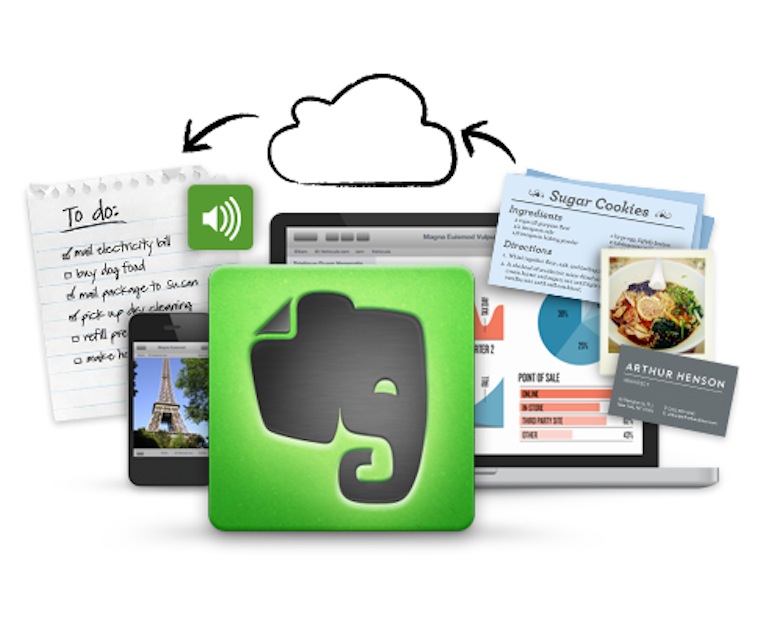
Foursquare:
Foursquare is a location-based social networking app that allows users to checkin and leave tips at company’s with a physical location such as restaurants and hotels. According to an article in the Business Insider as of January 2014 FourSquare has over 45 million registered users. The company has been in business since 2009. Incidentally I was never a fan of the Foursquare logo. And Clear’s logo is so similar to Foursquare, I don’t know what to say!
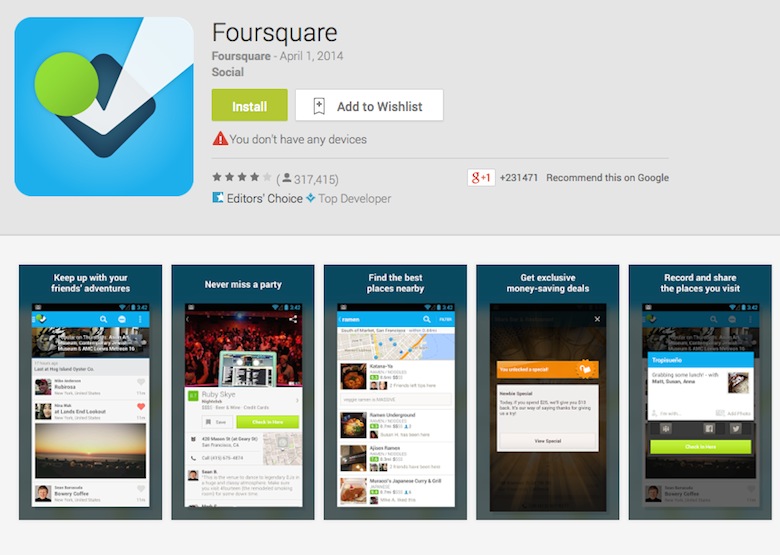
Instagram:
Instagram is a mobile photo and video sharing app that enables users to apply filters to their images and videos. According to an article in the Business Insider, as of February 2014 Instagram has grown its user base up to 150 million active monthly users. The company has been in business since 2012.

Snapchat:
Snapchat is a photo messaging app that allows users to take photos or record videos and send them to a specific list of recipients. Though the company has never released the number of users who enjoy Snapchat, a research report from Pew Research Center suggests that roughly 26 million people in the US use Snapchat. The company has been in business since 2011.
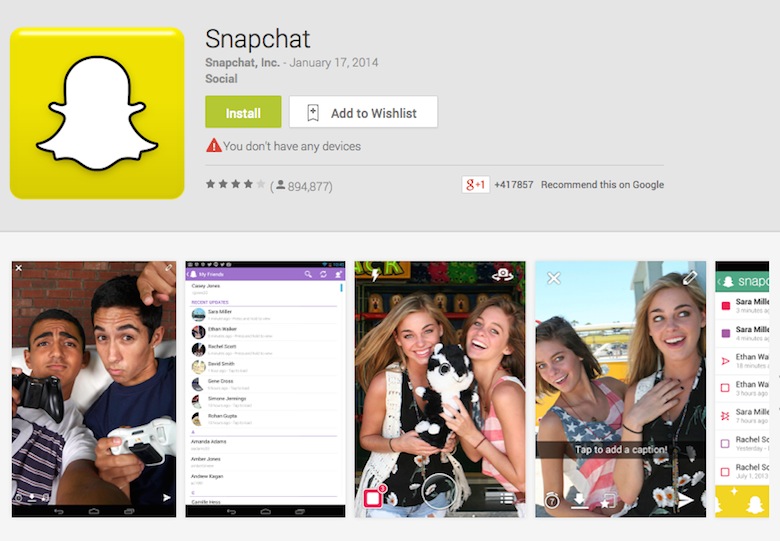
The widespread success and longevity of each of these mobile apps did not come about through luck. The companies worked hard at branding their apps so that users instantly think of their app as the go-to app for their specific use cases.
If you want your app to stand out above the competition and become the go-to app in your category, keep reading the rest of this post for action items!
Action Items for Branding Your Mobile App
As an entrepreneur you’re all about doing rather than reading, so let’s get started! Here are a list of action items that will help you begin branding your mobile app.
Create a logo and use it often.
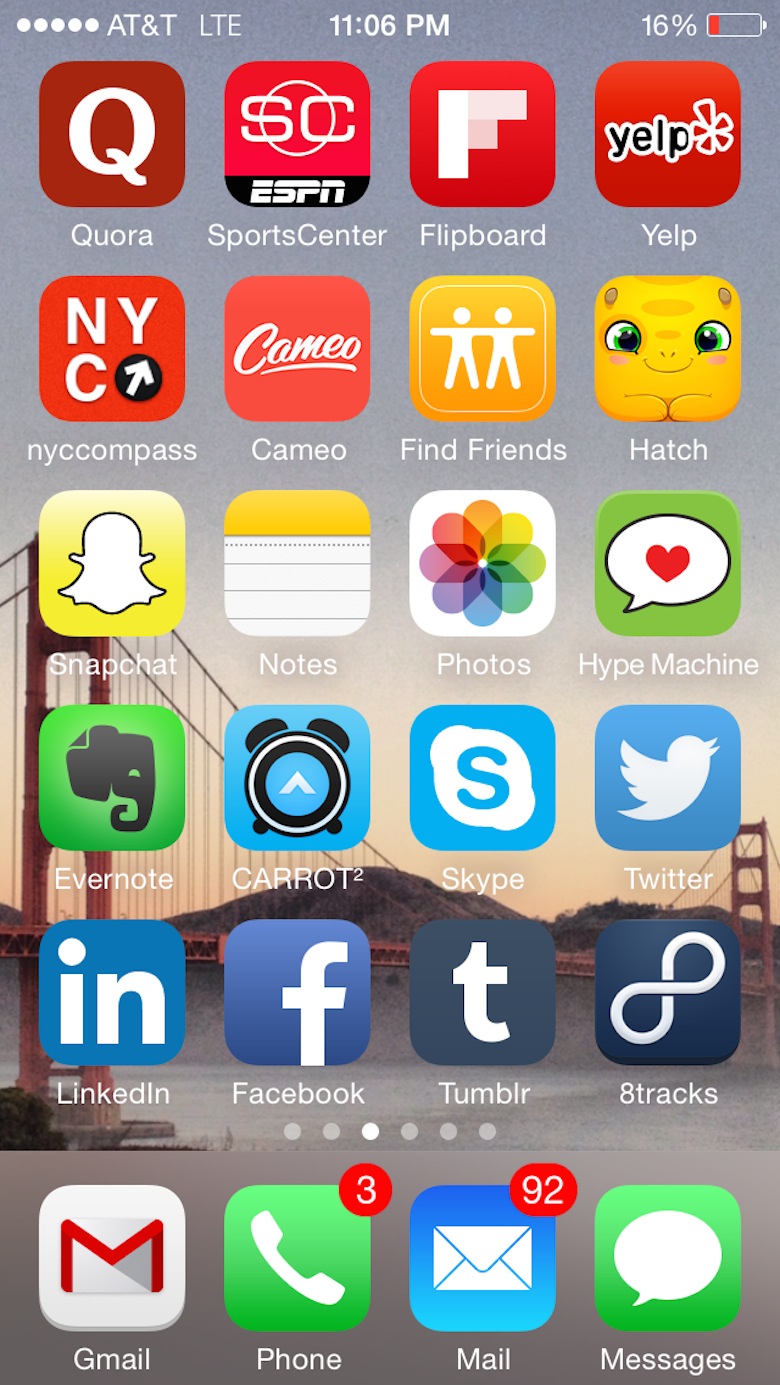
Image Credit: The Next Web / Emilie Futterman
Designing a strong, recognizable logo is the very first step towards creating your brand. The rest of your branding efforts will stem out of your logo, so it’s really important that you don’t skimp here. If you’re not a designer, spend a little money and hire one.
Your logo and app icon will be very closely related, if not the exact same thing.
Define your brand messaging. Write it down. Copy and paste when necessary.
A large part of your brand messaging consists of a one sentence tagline that you use to describe your app.
Instagram uses “Capture and Share the World’s Moments” as their tagline and it gets used on all of their online touch points.
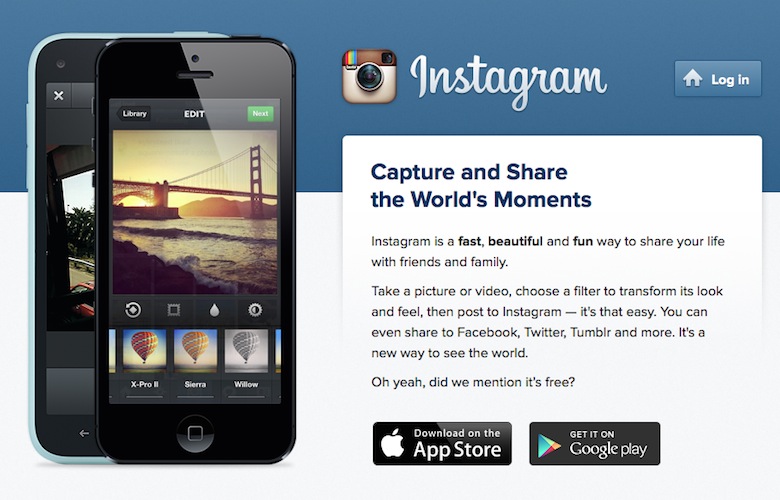
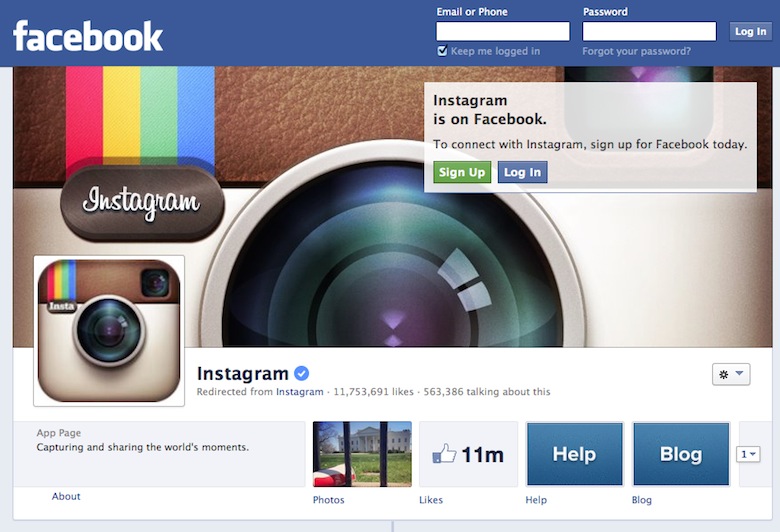

Another large component of your brand messaging is your official app description — which must be clear and concise. Try to make it two sentences or less.
Evernote uses “Evernote apps and products make modern life manageable, by letting you easily collect and find everything that matters.”
You can see it in use on their website and all of their other online touch points.
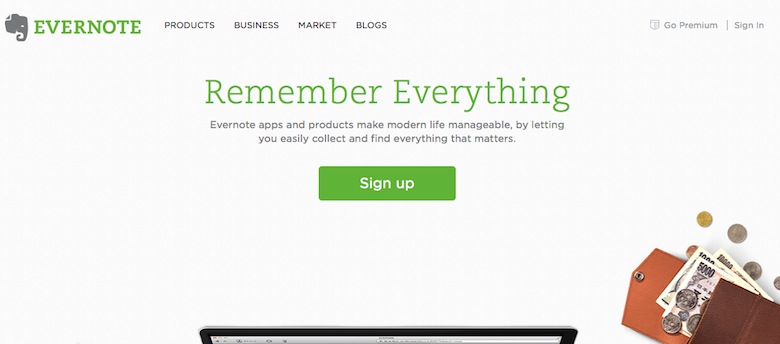
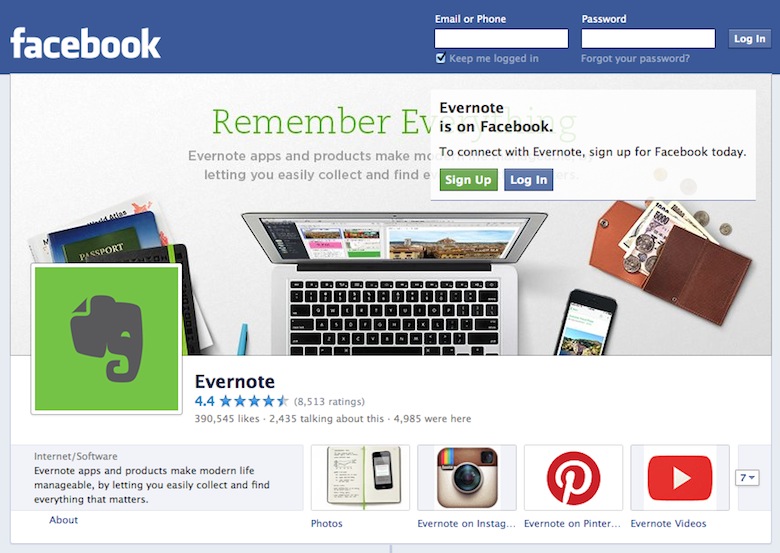
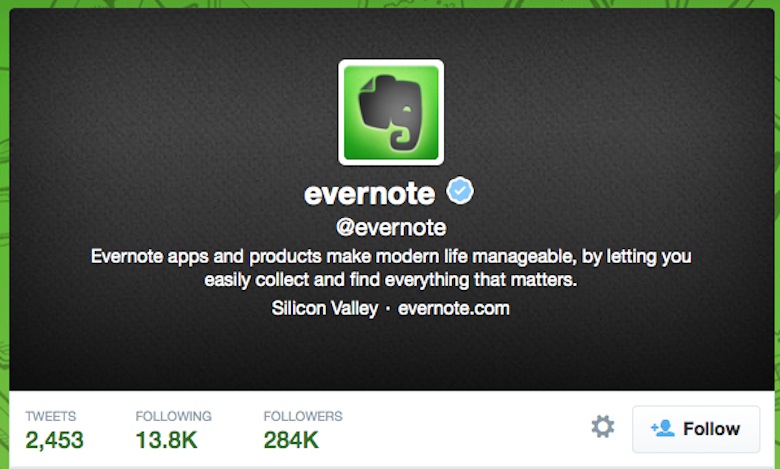
Once you have written your tagline and official description save it and copy and paste when necessary. This will ensure your tagline and description are always consistent — which is very important for branding. Consistency breeds familiarity.
Define your brand colors. Use them everywhere along with your logo.
Another very important part of branding your app is defining your official color scheme. It should be complimentary to your logo and app icon.
You can see in the Evernote examples above that the green from their logo is used on their website and social media properties.
Get press coverage and blogger reviews.
According to an interview with the founder of Evernote, the app grew from Day One to over a million users through press coverage. According to Entrepreneur magazine, “TechCrunch wrote about Evernote’s closed beta which ignited the spark for growth. Within days of the coverage, Evernote received a couple thousands signups for its beta.”
Before you launch your app, begin forming relationships with reporters who cover your space and who write about startups. Comment on their posts and tweet with them. This allows the reporter to get to know your name before you ask for a favor (covering your startup).
Once you’re ready for reporters and bloggers to announce the launch of your app be sure to send them high resolution versions of your logo, your tagline and official description so they can use these branding assets in their articles.
What’s Next?
After you cover all the basics for branding your app in this post, you’re ready to move on to more advanced branding exercises.
You’ll want to explore: social networking, online advertising, conversion optimization and other marketing tactics that will help grow your brand and result in users.
But first, you should begin laying the foundation for your long-term success with the above branding basics.
